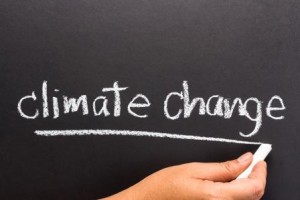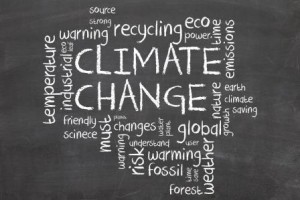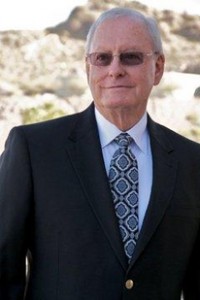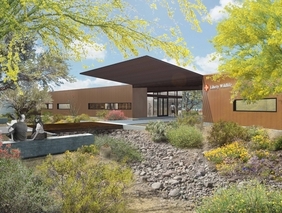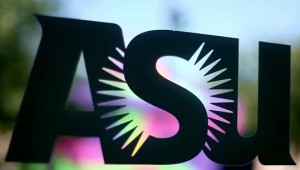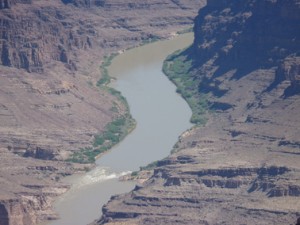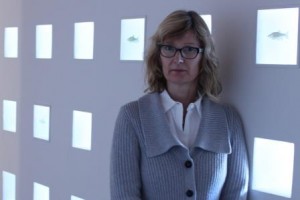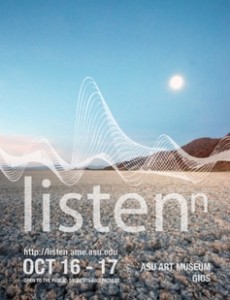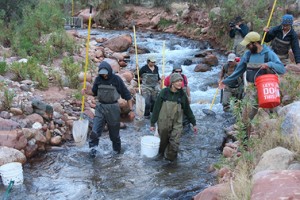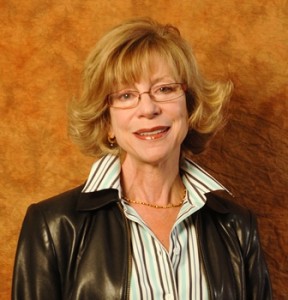Integrating sustainability education into K-12 schools
View Source | November 30, 2014
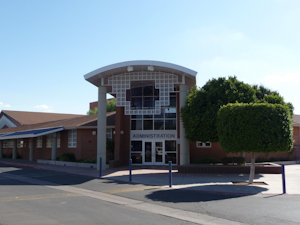 A recent article, published in The Journal of Environmental Education, details the findings of a study produced by the ASU Wrigley Institute's Sustainability Science for Sustainable Schools program. The study, conducted by School of Sustainability doctoral graduate Benjamin Warner and senior sustainability scientist Monica Elser, includes a comparison of 59 U.S. Department of Education Green Ribbon Schools.
A recent article, published in The Journal of Environmental Education, details the findings of a study produced by the ASU Wrigley Institute's Sustainability Science for Sustainable Schools program. The study, conducted by School of Sustainability doctoral graduate Benjamin Warner and senior sustainability scientist Monica Elser, includes a comparison of 59 U.S. Department of Education Green Ribbon Schools.
The article, titled "How Do Sustainable Schools Integrate Sustainability Education? An Assessment of Certified Sustainable K-12 Schools in the United States," provides an analysis of the differences between schools that are certified as sustainable, as well as suggests strategies likely to promote whole-school sustainability.


